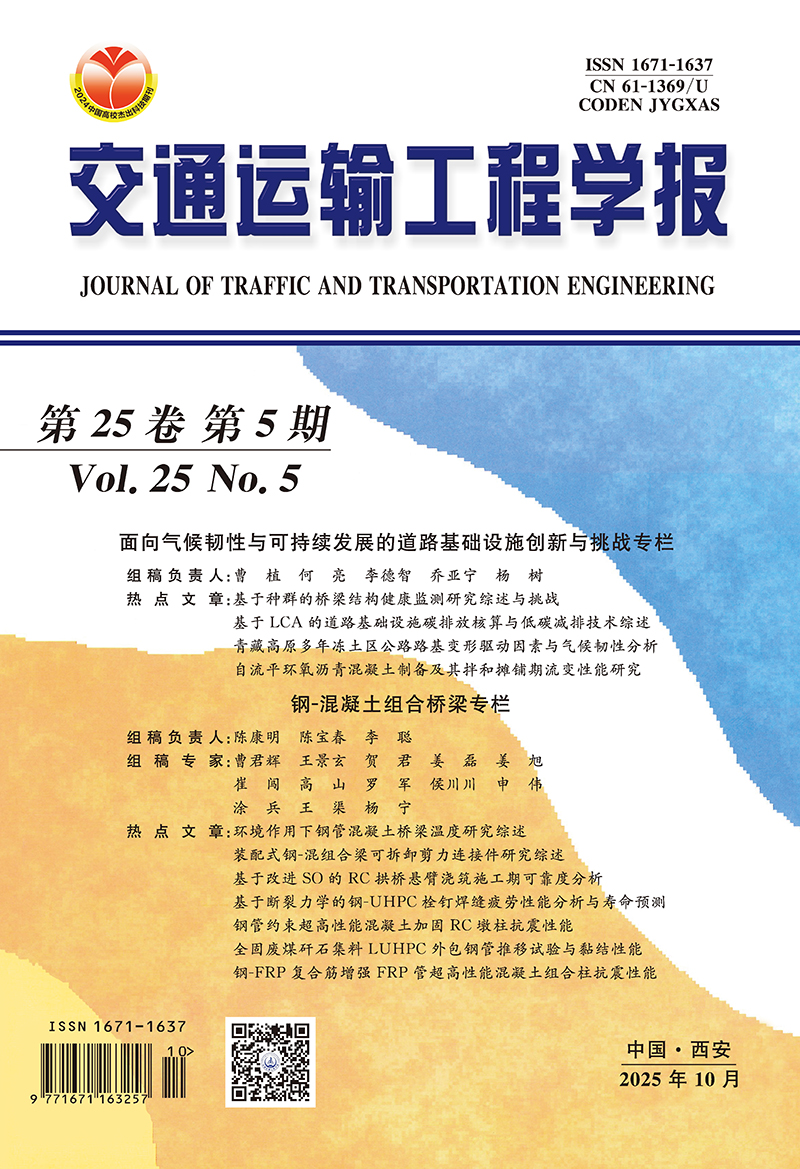2025 Vol. 25, No. 2
Display Method:
Analysis of dynamics performance and wheel wear on a high-speed EMUs equipped with herringbone gears
Abstract:
2025, 25(2): 351-360.
doi: 10.19818/j.cnki.1671-1637.2025.02.023





